Home>Furniture & Design>Interior Design Trends>How Hard Is Glass


Interior Design Trends
How Hard Is Glass
Modified: February 18, 2024
Discover the impact of glass in interior design trends and learn how it can elevate your space. Explore the versatility and durability of glass for modern interiors.
(Many of the links in this article redirect to a specific reviewed product. Your purchase of these products through affiliate links helps to generate commission for Storables.com, at no extra cost. Learn more)
Introduction
Glass is a material that we encounter in our daily lives, yet its composition and properties often remain a mystery to many. From the windows that allow natural light to filter into our homes to the sleek screens of our smartphones, glass serves a multitude of purposes. Its transparent and versatile nature makes it an indispensable material in various industries, including architecture, automotive, and electronics.
Understanding the fundamentals of glass, such as its composition, manufacturing process, and unique properties, can provide valuable insight into its widespread applications and the reasons behind its enduring popularity. In this article, we will delve into the intriguing world of glass, exploring its composition, manufacturing techniques, properties, and applications. By gaining a deeper understanding of this remarkable material, we can appreciate its significance and the role it plays in shaping our modern world.
Key Takeaways:
- Glass is made of sand, soda ash, and limestone, and its unique properties make it essential in architecture, automotive, and electronics. Understanding its composition and manufacturing process helps us appreciate its significance in our modern world.
- Glass is not as fragile as it seems. It possesses remarkable strength, impact resistance, and thermal insulation, making it suitable for a wide range of applications, from architectural marvels to cutting-edge technological innovations.
Read more: What Is The Hardness Of Glass
What is Glass Made of?
Glass is primarily composed of silica, a compound derived from silicon dioxide. The key ingredients used in the production of glass include sand, soda ash, and limestone. These raw materials undergo a meticulous process to transform into the transparent and durable substance we commonly refer to as glass.
The primary component, silica, is sourced from sand, which serves as the foundation of glass production. When heated at high temperatures, sand undergoes a transformation, losing its crystalline structure and becoming an amorphous solid. This process is essential in creating the transparent and non-crystalline nature of glass.
Soda ash, also known as sodium carbonate, is another crucial element in glassmaking. It acts as a flux, lowering the melting point of the silica to facilitate the fusion of the raw materials. Additionally, soda ash helps in enhancing the workability of the molten glass, making it easier to shape and mold during the manufacturing process.
Limestone, the third essential component, serves as a stabilizer in the glassmaking process. It helps to maintain the chemical stability of the glass, ensuring that it remains durable and resistant to environmental factors. Limestone also contributes to the overall strength and integrity of the glass, making it suitable for a wide range of applications.
In addition to these primary components, various other materials such as alumina, cullet (recycled glass), and colorants may be added to create specific types of glass with distinct properties and appearances. The careful combination of these ingredients, along with precise control of the manufacturing process, results in the diverse range of glass products available in the market today.
Understanding the composition of glass provides insight into its unique properties and the versatility that makes it an indispensable material in numerous industries. The intricate blend of raw materials and the meticulous manufacturing process contribute to the remarkable characteristics that define glass, making it an essential element in modern construction, design, and technology.
How is Glass Made?
The process of creating glass involves a series of intricate steps that transform raw materials into the transparent and versatile substance we commonly use in our daily lives. The journey from sand, soda ash, and limestone to the finished glass product is a fascinating blend of art and science.
The first stage of glass production involves gathering the raw materials, including silica sand, soda ash, and limestone. These ingredients are carefully measured and mixed in precise proportions to form a homogeneous mixture. This mixture is then fed into a furnace, where it undergoes a high-temperature transformation.
Inside the furnace, the raw materials are heated to extreme temperatures, typically exceeding 1700°C (3092°F). This intense heat causes the raw materials to melt and fuse together, forming a molten liquid known as glass. The molten glass is then carefully shaped and molded into the desired form, depending on its intended application.
Once the glass has been shaped, it undergoes a process called annealing, which involves controlled cooling to relieve internal stresses and strengthen the material. This critical step ensures that the glass achieves the desired level of durability and resistance to thermal and mechanical shock.
Depending on the specific requirements of the glass product, additional processes such as tempering or laminating may be employed to enhance its strength and safety features. Tempering involves heating the glass to high temperatures and then rapidly cooling it, resulting in increased strength and resistance to breakage. Laminating, on the other hand, involves bonding multiple layers of glass with an interlayer to create a composite material with enhanced durability and safety properties.
The final stage of glass production involves rigorous quality control measures to ensure that the finished products meet the required standards for clarity, strength, and uniformity. This meticulous attention to detail is essential in delivering glass products that meet the diverse needs of industries such as architecture, automotive, and electronics.
The intricate process of creating glass showcases the remarkable fusion of science, technology, and craftsmanship. From the intense heat of the furnace to the precision of shaping and annealing, each step contributes to the creation of a material that has become an integral part of our modern world.
Properties of Glass
Glass exhibits a diverse range of properties that make it a unique and indispensable material in various industries. Understanding these properties provides valuable insight into the versatility and functionality of glass in different applications.
Transparency and Clarity: One of the most distinctive properties of glass is its transparency, allowing light to pass through with minimal absorption or reflection. This property makes glass an ideal material for windows, display screens, and optical lenses, enabling the transmission of light while providing a clear view of the surroundings.
Durability and Resistance: Despite its fragile appearance, glass possesses remarkable durability and resistance to chemical and environmental factors. It is inert to most chemicals, making it suitable for storage containers and laboratory equipment. Additionally, glass exhibits resistance to corrosion, ensuring its longevity in various applications.
Thermal Insulation: Glass demonstrates excellent thermal insulation properties, making it an effective barrier against heat transfer. This property is leveraged in the production of energy-efficient windows and building facades, contributing to improved sustainability and reduced energy consumption.
Electrical Insulation: As an insulating material, glass is widely used in electrical applications to provide a protective barrier against electrical currents. Its high electrical resistance and low dielectric constant make it an essential component in the manufacturing of electrical insulators and transmission lines.
Malleability and Formability: While solidified glass is rigid and brittle, it can be shaped and molded at high temperatures, allowing for the creation of intricate designs and custom forms. This property enables the production of decorative glassware, artistic sculptures, and precision components for various industries.
Acoustic Properties: Glass exhibits acoustic insulation properties, effectively reducing the transmission of sound waves. This feature is harnessed in the design of soundproof windows and partitions, contributing to enhanced acoustic comfort in architectural spaces.
UV and Infrared Transmission: Certain types of glass are engineered to selectively transmit or block ultraviolet (UV) and infrared (IR) radiation. This property is utilized in the production of UV-blocking windows, greenhouse panels, and IR-transmitting lenses for specialized applications.
Scratch Resistance: Through advanced manufacturing techniques, glass can be treated to enhance its scratch resistance, maintaining its clarity and visual appeal over extended periods of use. This property is particularly valuable in the production of durable glass surfaces for electronic devices and architectural installations.
The diverse properties of glass underscore its adaptability and utility across a wide spectrum of industries, from construction and automotive to electronics and healthcare. By harnessing these unique characteristics, glass continues to play a pivotal role in shaping modern design, technology, and innovation.
Strength and Hardness of Glass
Glass exhibits a unique combination of strength and hardness that sets it apart as a versatile and durable material. While it may appear delicate, glass possesses remarkable mechanical properties that make it suitable for a wide range of applications.
Read more: How To Clean Hard Water Off Glass
Toughness and Impact Resistance
One of the defining characteristics of glass is its toughness, which refers to its ability to withstand sudden and intense forces without fracturing. This property is particularly crucial in applications where impact resistance is essential, such as in automotive windshields and architectural glazing. Through advanced manufacturing techniques and material engineering, glass products can be designed to meet stringent safety standards, offering protection against impact and potential hazards.
Mohs Hardness Scale
In terms of hardness, glass is rated on the Mohs scale, which measures the material's resistance to scratching and abrasion. While glass ranks relatively high on the scale, it is not impervious to scratching, especially when in contact with harder materials. This property underscores the importance of surface treatments and protective coatings to enhance the scratch resistance of glass products, ensuring their longevity and visual appeal.
Flexural Strength
Glass also exhibits notable flexural strength, allowing it to withstand bending and torsional forces without breaking. This property is leveraged in the design of glass beams, panels, and structural components, contributing to the aesthetic and functional aspects of architectural and interior applications. By harnessing the flexural strength of glass, designers and engineers can create innovative and visually striking structural elements that redefine spatial experiences.
Thermal Toughening and Strengthening
To further enhance its strength and durability, glass can undergo thermal toughening processes such as tempering and heat strengthening. These techniques involve subjecting the glass to controlled heating and rapid cooling, resulting in increased surface compression and overall strength. Tempered glass, in particular, is widely used in applications where safety is paramount, as it fractures into small, relatively harmless fragments when subjected to excessive stress, reducing the risk of injury.
Read more: How To Remove Hard Water Stains From Glass
Composite and Laminated Glass
In addition to traditional solid glass, composite and laminated glass products are engineered to enhance strength and safety. Laminated glass consists of multiple layers bonded together with an interlayer, providing resistance to penetration and improved structural integrity. This type of glass is commonly used in security glazing, skylights, and hurricane-resistant windows, offering a high level of protection against external forces and impacts.
The remarkable strength and hardness of glass, combined with its diverse properties, make it an indispensable material in modern design, construction, and engineering. By continually pushing the boundaries of glass technology and innovation, researchers and manufacturers are unlocking new possibilities for utilizing this versatile material in groundbreaking ways.
Applications of Glass
Glass finds an extensive array of applications across diverse industries, owing to its unique properties and versatility. From architectural marvels to cutting-edge technological innovations, the use of glass continues to evolve, shaping the way we interact with our surroundings and enhancing the functionality and aesthetics of various products and structures.
Architectural Glazing and Facades
In the realm of architecture, glass serves as a fundamental building material, enabling the creation of iconic skyscrapers, contemporary residences, and innovative public spaces. Its transparency and ability to transmit natural light make it an ideal choice for windows, curtain walls, and glass facades, fostering a seamless connection between indoor and outdoor environments. Additionally, advancements in glass technology have led to the development of energy-efficient glazing systems, contributing to sustainable building designs and reduced environmental impact.
Interior Design and Decorative Elements
Glass plays a pivotal role in interior design, offering a myriad of possibilities for creating visually stunning and functional spaces. From elegant glass partitions and balustrades to bespoke glass furniture and decorative art installations, its malleability and aesthetic appeal allow designers to infuse spaces with a sense of openness and sophistication. The use of frosted, textured, and colored glass further expands the design palette, adding depth and character to interior environments.
Read more: How To Get Hard Water Stains Off Glass
Automotive and Transportation
The automotive industry harnesses the strength and safety features of glass in the design of vehicle windshields, windows, and panoramic roofs. Advanced glass technologies, such as laminated and tempered glass, enhance passenger safety and structural integrity while providing optimal visibility and acoustic comfort. Additionally, the integration of smart glass solutions, including heads-up displays and augmented reality interfaces, is redefining the driving experience, offering innovative functionalities and enhanced connectivity.
Electronics and Display Technology
Glass serves as the foundation for modern display technologies, including smartphones, tablets, and flat-panel televisions. Its exceptional clarity, scratch resistance, and touch-sensitive properties make it an indispensable component in the production of high-resolution screens and touchscreens. Furthermore, the development of flexible and ultra-thin glass variants is driving the evolution of foldable devices and wearable technology, expanding the possibilities for immersive and portable electronic solutions.
Medical and Scientific Instruments
In the medical and scientific fields, glass is utilized in the manufacturing of laboratory equipment, precision optics, and medical devices. Its inert nature and optical clarity make it suitable for applications such as test tubes, microscope lenses, and surgical instruments. Additionally, specialized glass formulations with antimicrobial and anti-reflective coatings contribute to the advancement of diagnostic and imaging technologies, supporting critical healthcare and research endeavors.
Artistic and Sculptural Expressions
Glass artistry and sculptural installations showcase the creative potential of this versatile material, transcending traditional boundaries and captivating audiences with its luminous and expressive qualities. From intricate blown glass sculptures to large-scale architectural installations, artists and designers push the boundaries of glass manipulation, exploring its potential for conveying emotion, narrative, and cultural significance.
The diverse applications of glass underscore its indispensable role in shaping modern design, technology, and innovation. As researchers and manufacturers continue to push the boundaries of glass technology, new frontiers are being explored, unlocking innovative possibilities for utilizing this remarkable material in groundbreaking ways.
Conclusion
In conclusion, the world of glass is a captivating fusion of art, science, and innovation, offering a myriad of possibilities across diverse industries. From its humble origins as a blend of sand, soda ash, and limestone to its transformation into transparent, durable, and versatile products, glass continues to redefine the way we interact with our environment and the products we use in our daily lives.
The composition of glass, primarily consisting of silica, soda ash, and limestone, forms the foundation for its unique properties and adaptability. Its transparency, durability, thermal and electrical insulation, and malleability make it an ideal material for a wide range of applications, from architectural glazing and interior design to automotive technology and electronic displays.
The manufacturing process of glass, involving meticulous blending of raw materials, high-temperature fusion, shaping, and annealing, showcases the intricate craftsmanship and technological precision required to create this remarkable material. Advanced techniques such as tempering, laminating, and thermal strengthening further enhance the strength and safety features of glass, expanding its potential for innovative applications.
The properties of glass, including its toughness, impact resistance, and thermal insulation, underscore its suitability for architectural marvels, interior design elements, automotive safety features, and cutting-edge electronic devices. Its role in medical and scientific instruments, as well as artistic expressions, highlights the diverse and far-reaching impact of this versatile material.
The applications of glass span a wide spectrum, from sustainable building designs and energy-efficient technologies to immersive electronic displays and innovative medical devices. Its presence in artistic expressions and sculptural installations further exemplifies its ability to evoke emotion and creativity, transcending traditional boundaries and captivating audiences worldwide.
As we continue to push the boundaries of glass technology and innovation, new frontiers are being explored, unlocking groundbreaking possibilities for utilizing this remarkable material in ways that redefine modern design, technology, and human experiences. The enduring allure of glass lies in its ability to seamlessly blend functionality, aesthetics, and sustainability, shaping the way we perceive and interact with the world around us.
Frequently Asked Questions about How Hard Is Glass
Was this page helpful?
At Storables.com, we guarantee accurate and reliable information. Our content, validated by Expert Board Contributors, is crafted following stringent Editorial Policies. We're committed to providing you with well-researched, expert-backed insights for all your informational needs.
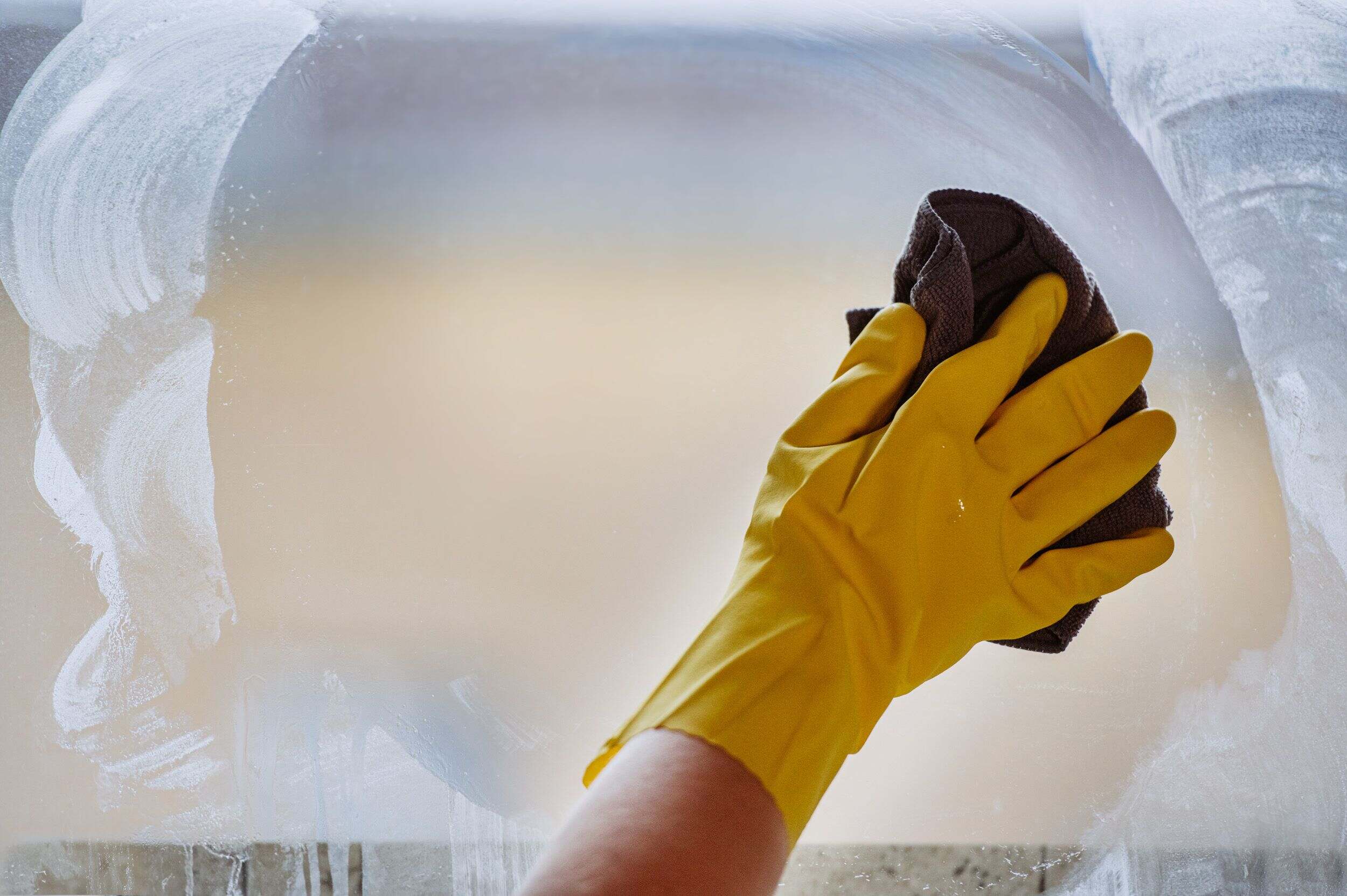
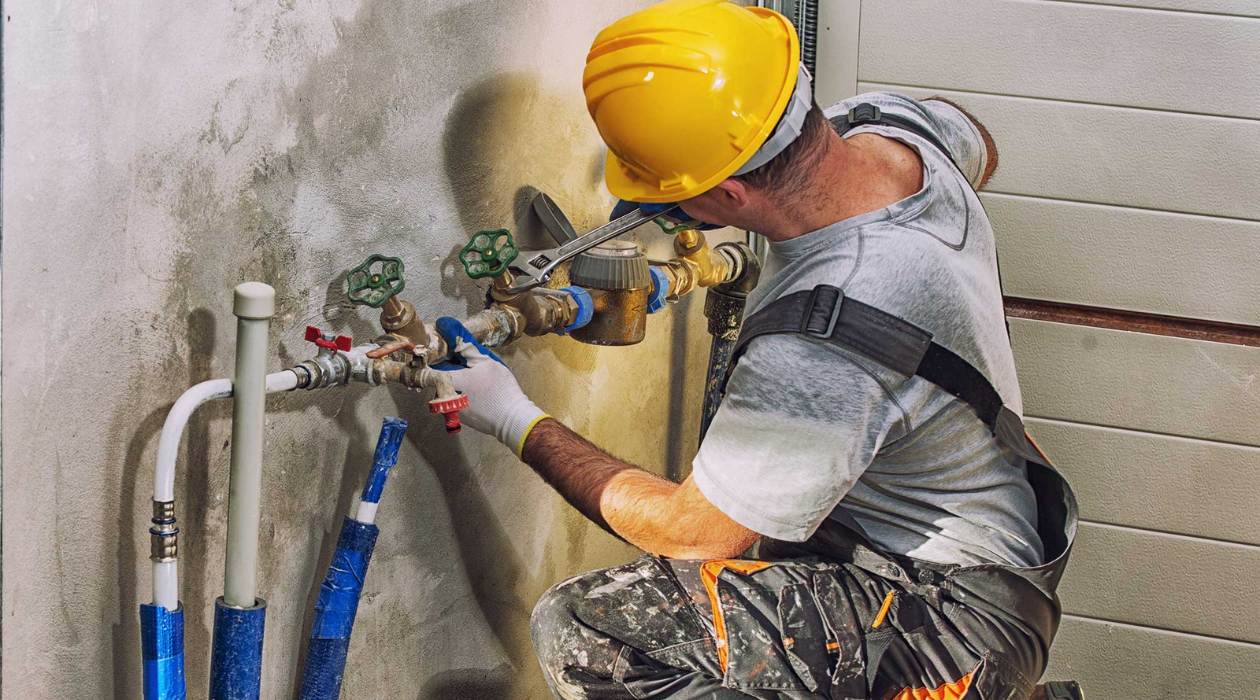
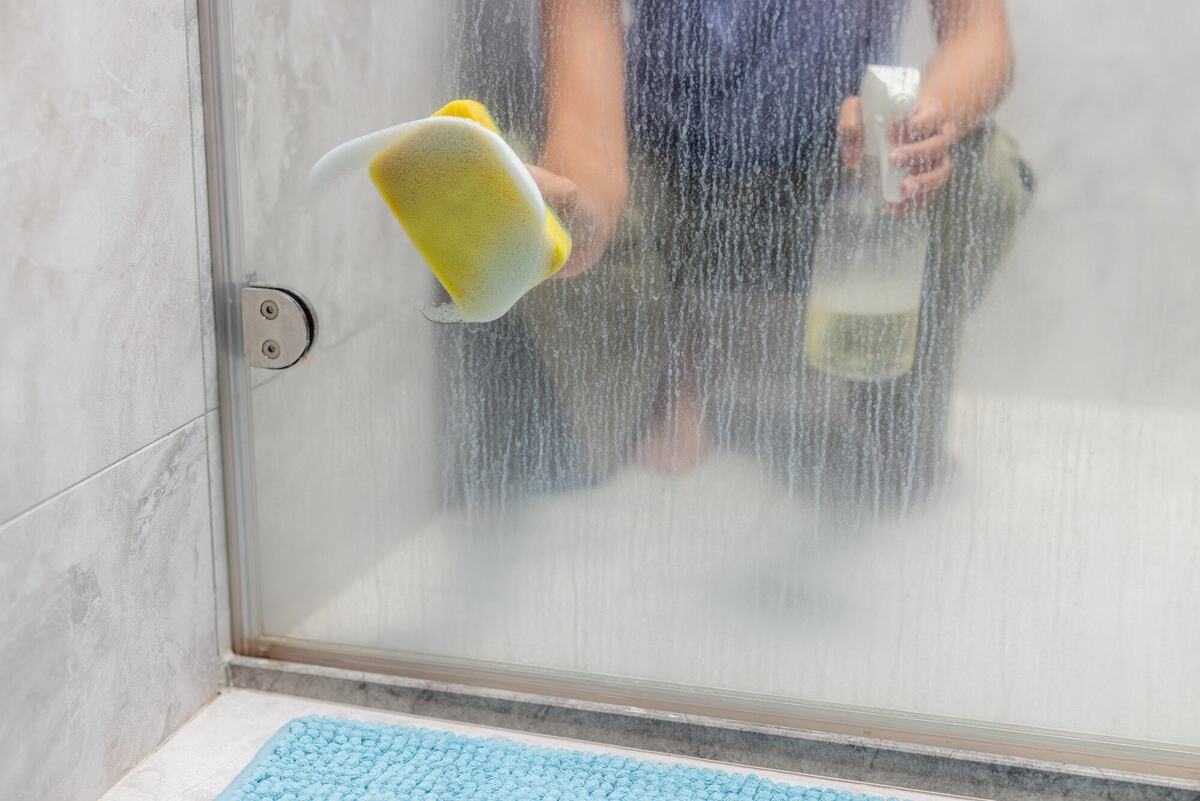
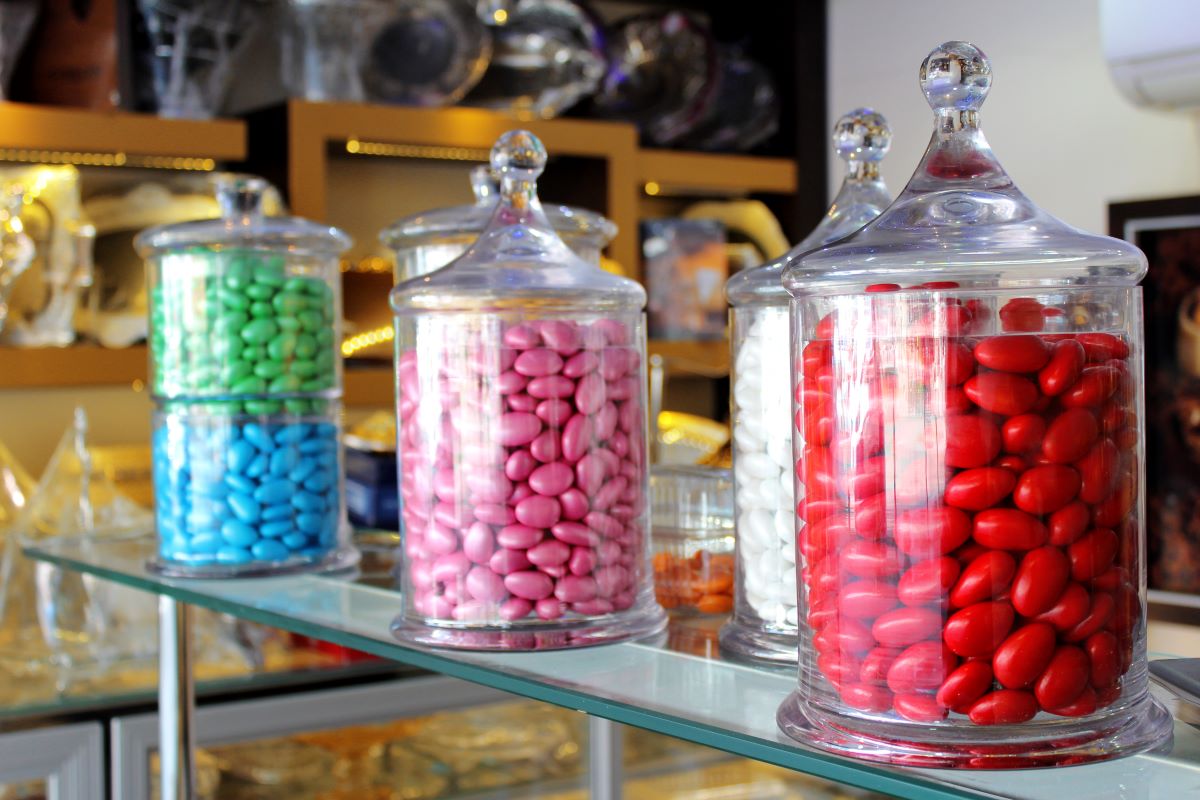

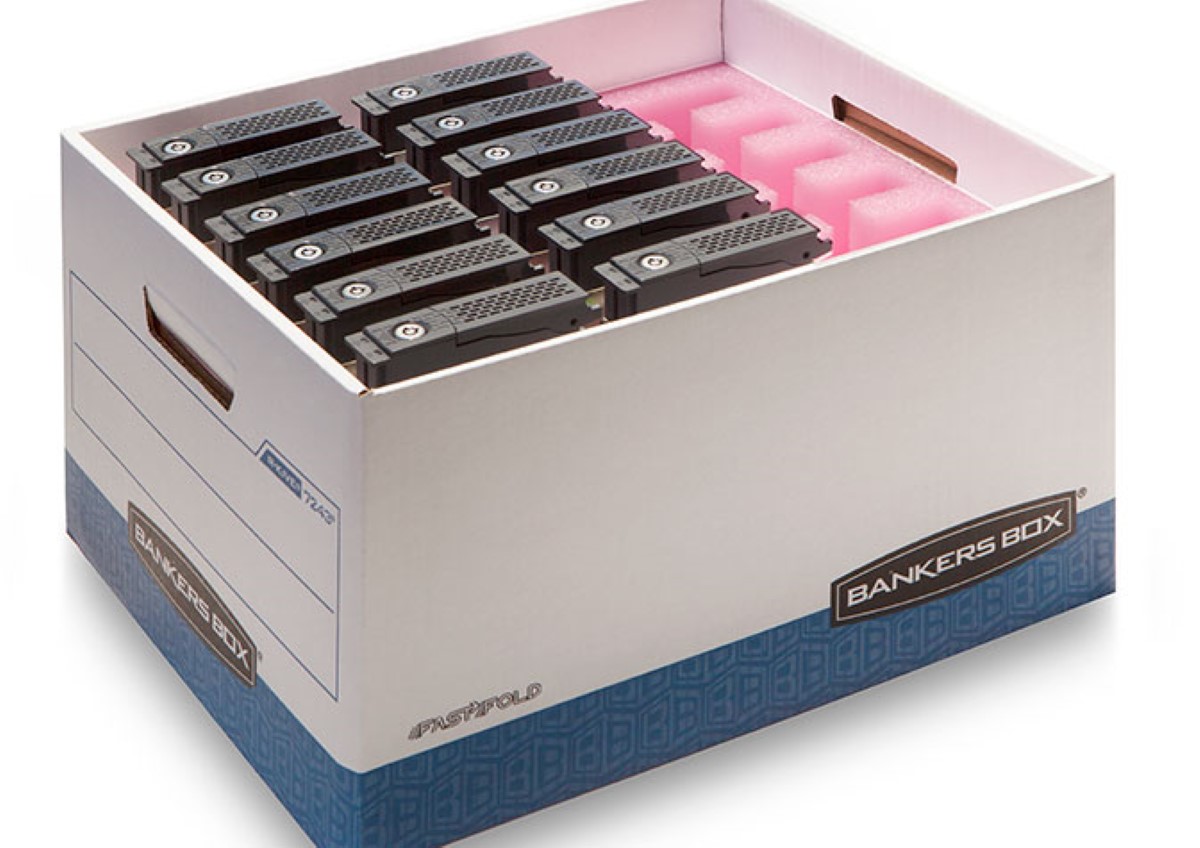
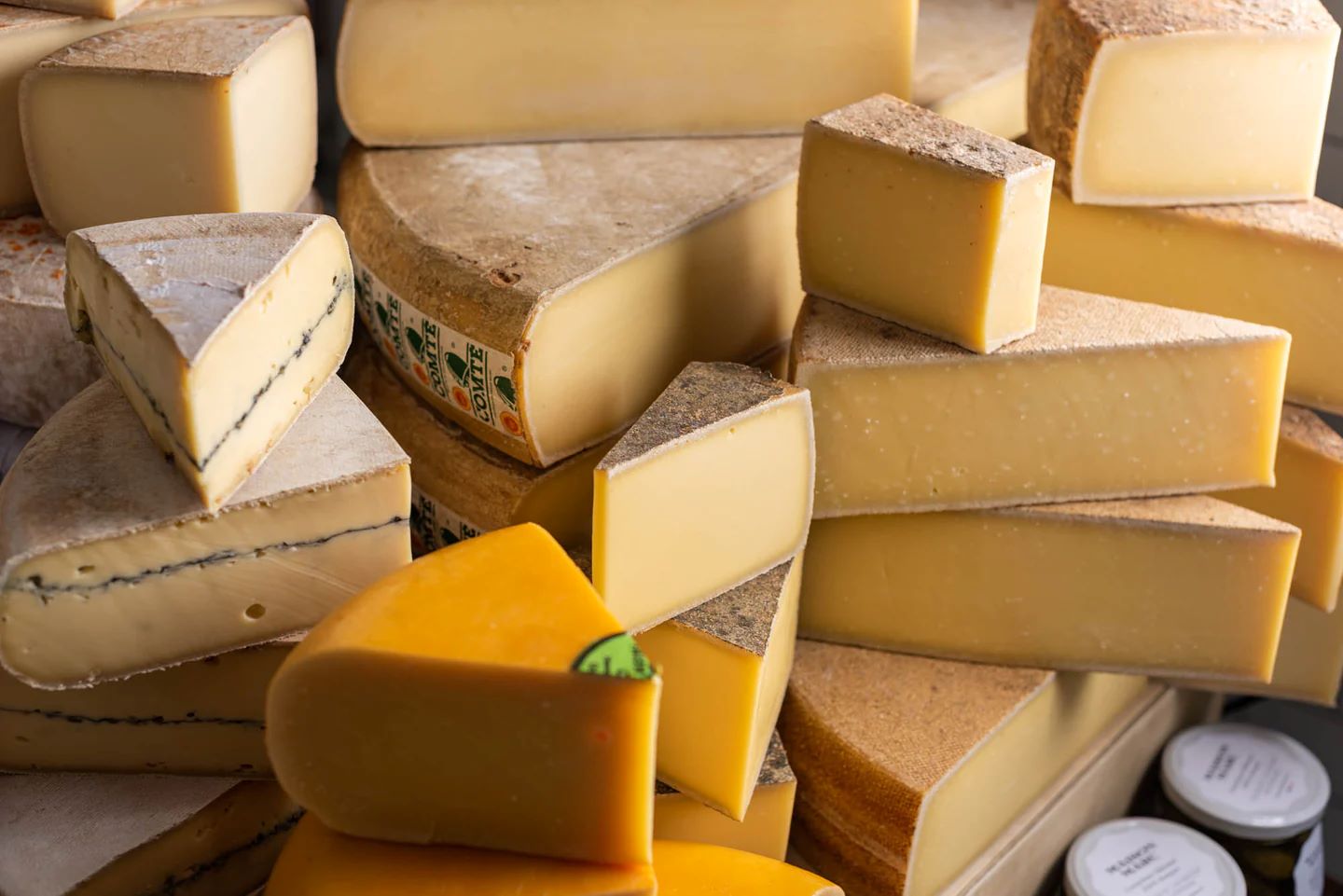

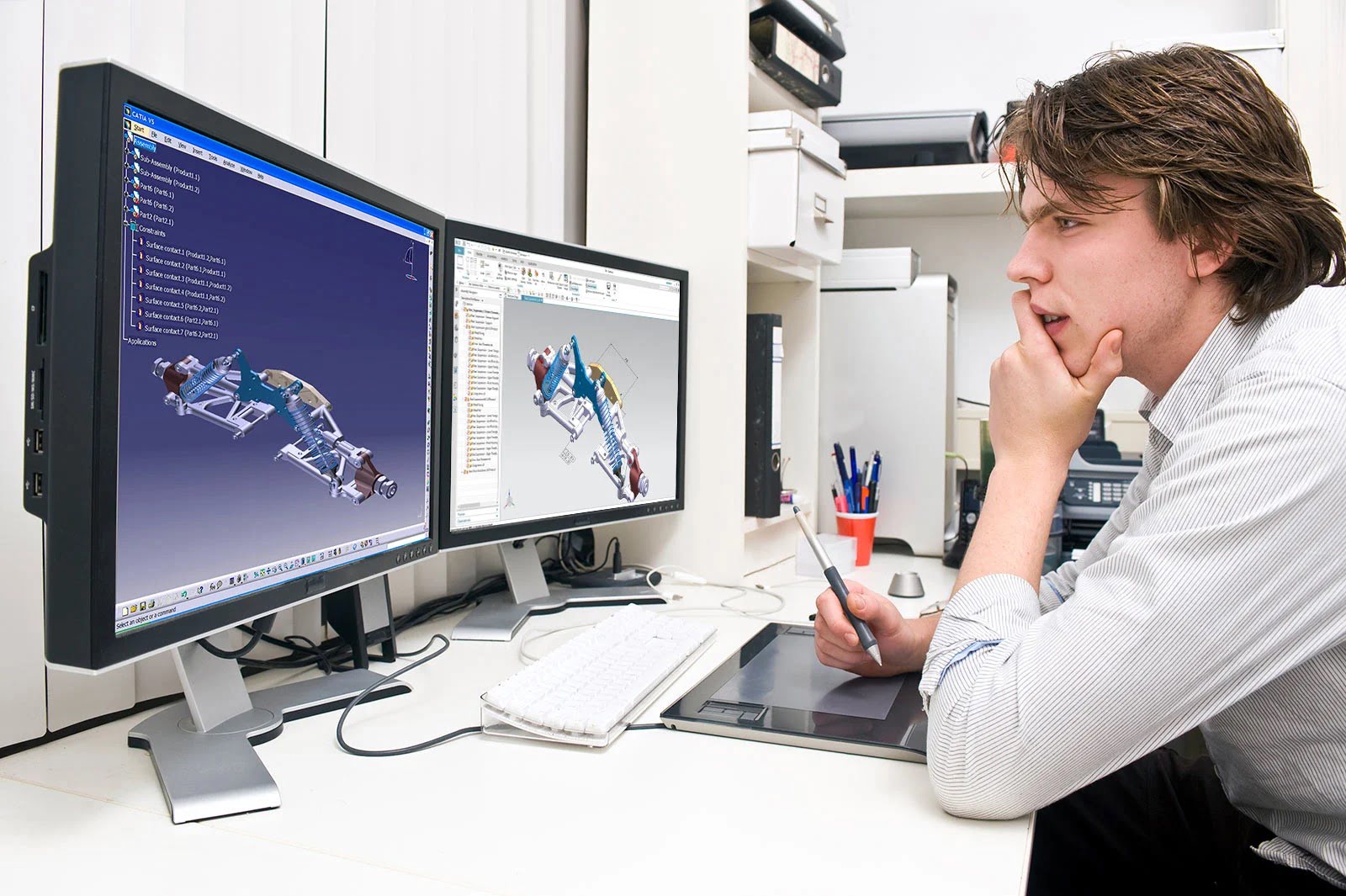
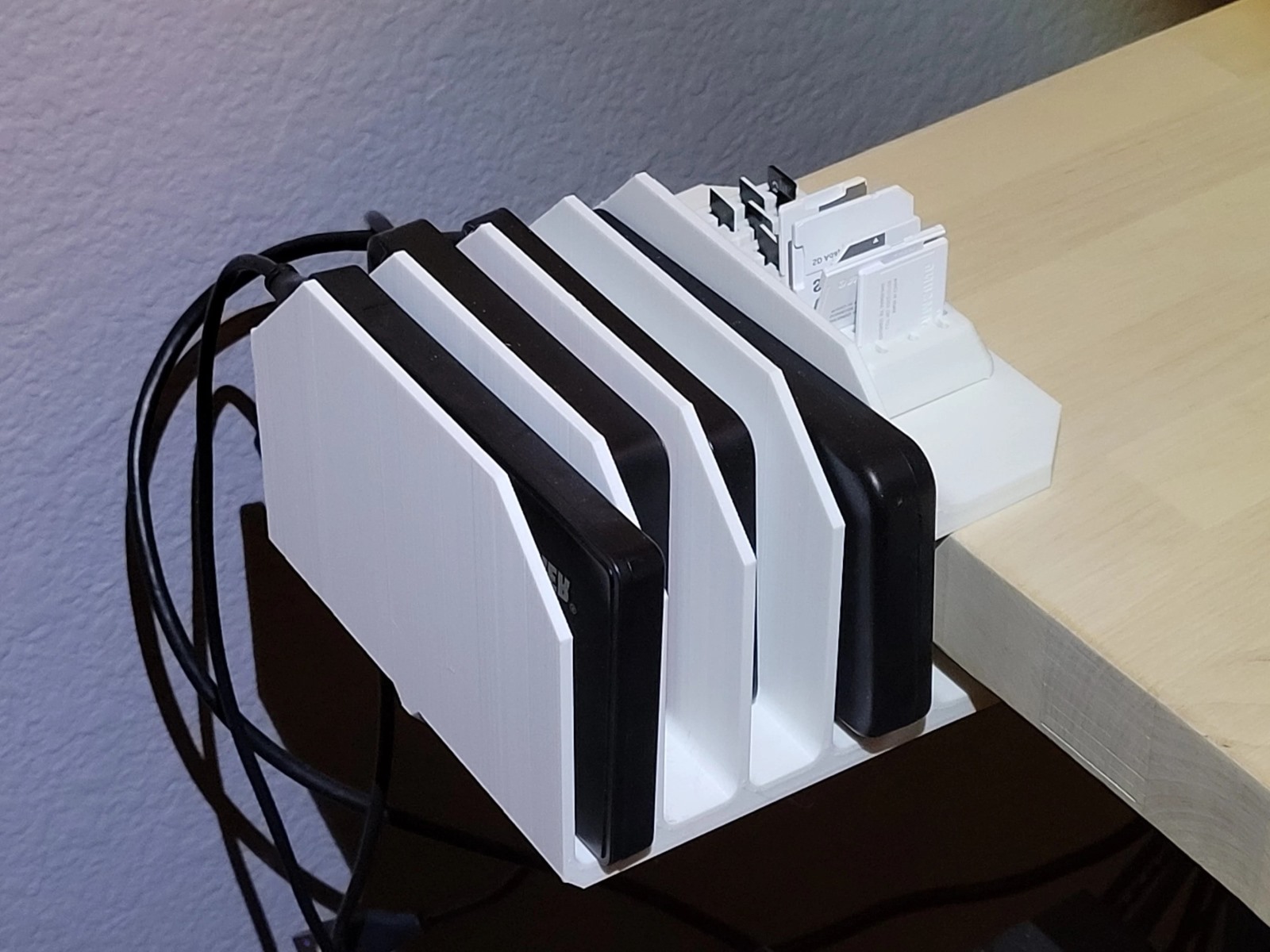


0 thoughts on “How Hard Is Glass”